Knowing Process | Sensation | Perception| Conception| Chapter-5
Knowing process involves a series of mental functions like sensation, perception, conception and thought. Theses knowing processes of human mind involve a series of well organised psycho-physical functions that give a clear picture of our cognitive domain.
Sensation
1. What is Sensation?
Ans: Sensation is the simple and elementary form of consciousness or a physical awareness of the situation, which does not bear its clear meaning. It may said as the preliminary state of mind.
2. Give one definition of Sensation.
Ans: According to Warren Brown and Howard Gilhousen, “A sensation is an awareness of the bare quality of experience and rises directly from the stimulation of sense organ”.
3. What are the two conditions necessary for getting sensation?
Ans: The two conditions necessary for getting sensation are:
(a) Receptive ability of the sense organs to deprive impression out of the stimuli.
(b) Adequate stimulation of the external object.
4. What are the two sources of Sensation?
Ans: The two sources of sensation are:
(a) Internal. (Internal parts like stomas, intestines and muscles).
(b) External. ( like visual, auditory, tactual, olfactory and gustatory).
5. Can there be sensation without sense organs? Briefly explain.
Ans: Yes, there can be sensation without sense organs because there are two experiences of sensation. One is external and another is internal. External sensation react to external stimulation experiencing like visual, auditory, tactual, olfactory and gustatory senses. Internal sensation refers to internal parts of the body like stomach, intestines, and the muscles which do not have special experiences such as hunger, thirst, fatigue, head ache, etc.
So, it is evident that sense organs are not the only ways and means of getting sensation.
Archives
6. Write four characteristics of Sensation.
Ans: The four characteristics of sensation are mentioned below:
(i) Sensation is the simple physical experiences or bodily impression received from the environment.
(ii) Sensory experiences are fixed so far as the specific sense organs are concerned. One organ can not work for the other.
(iii) Sensation depends upon receptive capacity of the receptor cells and transmitting ability of the sensory and motor nerves of the organism.
(iv) Adequacy of sensation depends upon quality, intensely, duration, and clearness of the object in environment.
(v) Sensation is objective mental state, as it depends on stimulus.
(vi) Sensation is the simplest and the most elementary mental process.
7. What are types of Sensation? Explain briefly.
Ans: Accordingly sensation may be classified into three types namely,
(a) Organic Sensation:
It refers to the biological needs which bring about psychological changes in the internal part of the body of the organism. The sense of hunger, thirst, indigestion, vomiting, stomach pain, headache, suffocation, etc. are the organic sensation experienced. They do not have specific sense organ to be located. They effect the body in general.
(b) Special Sensation:
It refers to the specific five sense organs of the body. Their experiences of sensation are colour(vision), smell(olfactory), sound(auditory), taste(gustatory), and heat and pressure(tactual). Every kind of sensation is received by the specific sense organ out of the specific stimulus. Therefore, this kind sensation is also known as the gateways of knowledge.
(iii) Motor or Kinaesthetic Sensation:
This kind of sensation is experiences in the voluntary muscles, tendons and joints due to motor movement. Such experiences are contraction, pulling or pushing due to repeated physical activity which is known as motor sensation. This type of sensation is also quite vague that can not be clearly explained and distinctly localised on the body.
8. Write two educational significance of child’s sensation.
Ans: The educational significance of child’s sensation are mentioned below:
(a) In pre-school stage provision should be made for regular physical checkup of children in regard to their visual and auditory senses.
(b) Teacher should identify such children and offer necessary clinical help to them.
Perception
9. What is Perception?
Ans: Perception is the mental activity of giving meaning to our simple physical experiences of senses. In briefly, meaningful sensation is called perception. It indicates the active state of mind.
10. What are the basic nature and characteristics of Perception?
Ans: The basic nature and characteristics of Perception are mentioned below:
(i) Perception is the mental activity of giving meaning to our simple physical experiences of senses.
(ii) Perception depends upon past learning experiences and in keeping of their memory image or impression in mind.
(iii) Perception is liable to be incorrect and inadequate.
(iv) Perception may not always be objective, but be subjective depending on individual mental make up.
(v) Perception is influenced by individual aims and objectives, hopes and aspirations in mind.
(vi) Perception depends upon mental maturity attained by the individual.
(vii) Perception is influenced by both subjectivity of individual mind and objectivity of the environmental situation.
(viii) It is a complex type of mental activity that comprises of assimilation, discrimination, association, objectification, and unification process.
11. Write two educational significance of child’s perception in the classroom.
Ans: The two educational significance of child’s perception in the classroom are:
(a) The teacher should co-relate knowledge of the present with the accumulated experiences of the past in his students in course of teaching.
(b) There in lies the validity and usability of giving instances and examples of the past in course of class-room teaching.
12. Mention four differences between Sensation and Perception.
Ans: The four differences between Sensation and Perception are mentioned below:
(i) Sensation is simplest mental state, whereas Perception is complex mental process.
(ii) Sensation is abstract, but Perception is concreate experiences.
(iii) Sensation is inactive or passive, but Perception is active state of mind.
(iv) Sensation gives raw materials, where as Perception is the product of knowledge.
(v) Sensation has no influence of past knowledge and experience, where as Perception grows out to them.
(vi) Sensation is objective, but Perception is objective as well as subjective both.
13. Write two basic relationship between Sensation and Perception.
Ans: The two basic relationship between Sensation and Perception are:
(a) Both sensation and perception are dependents on sensory stimulus.
(b) Both sensation and perception are external. It depends on external stimulus from the outer world.
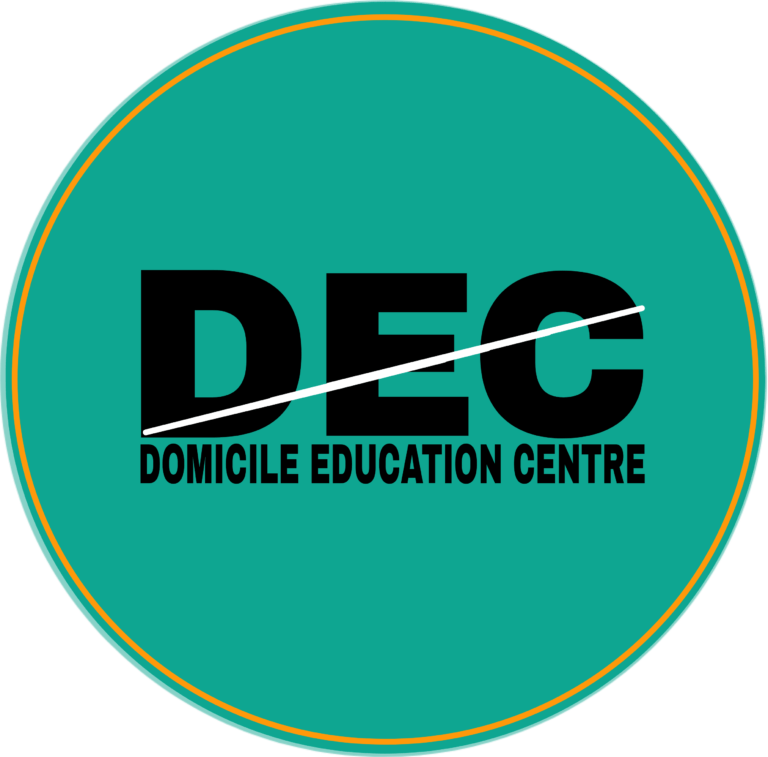


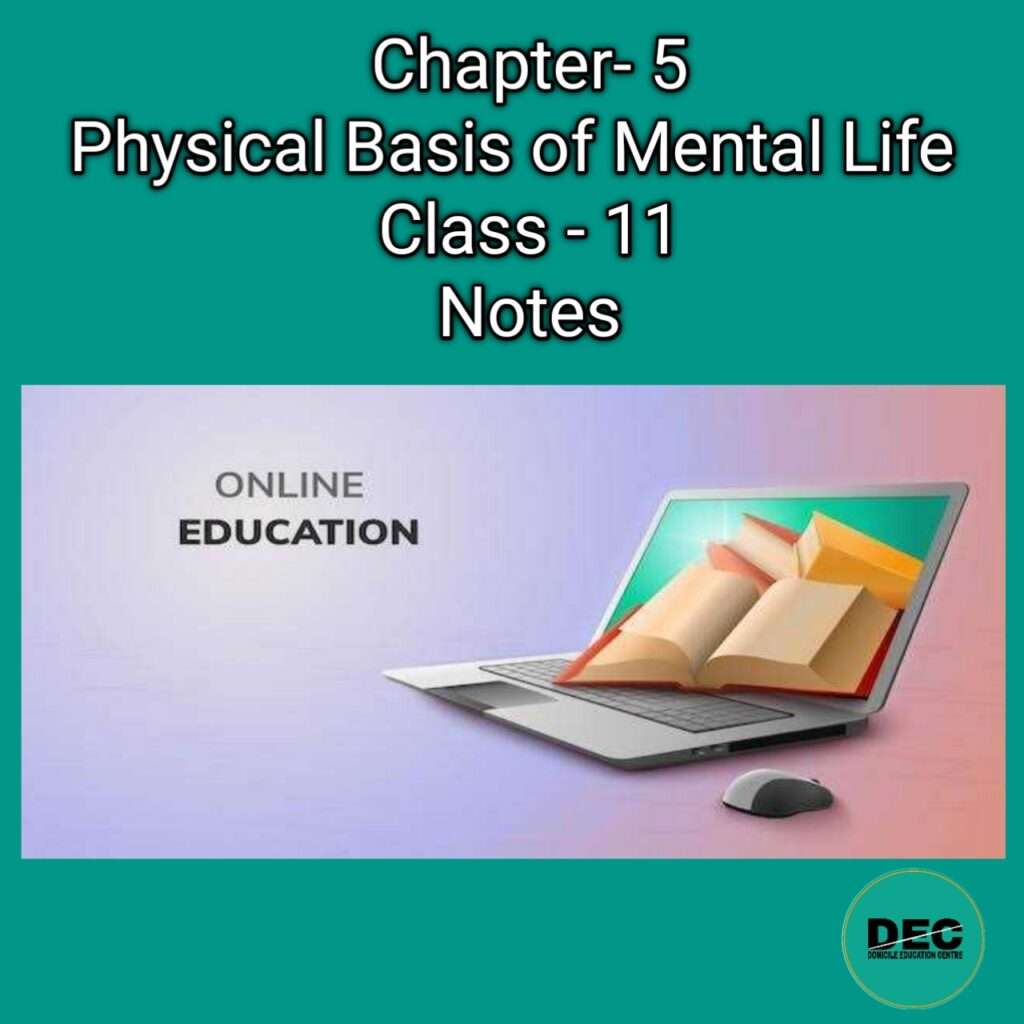
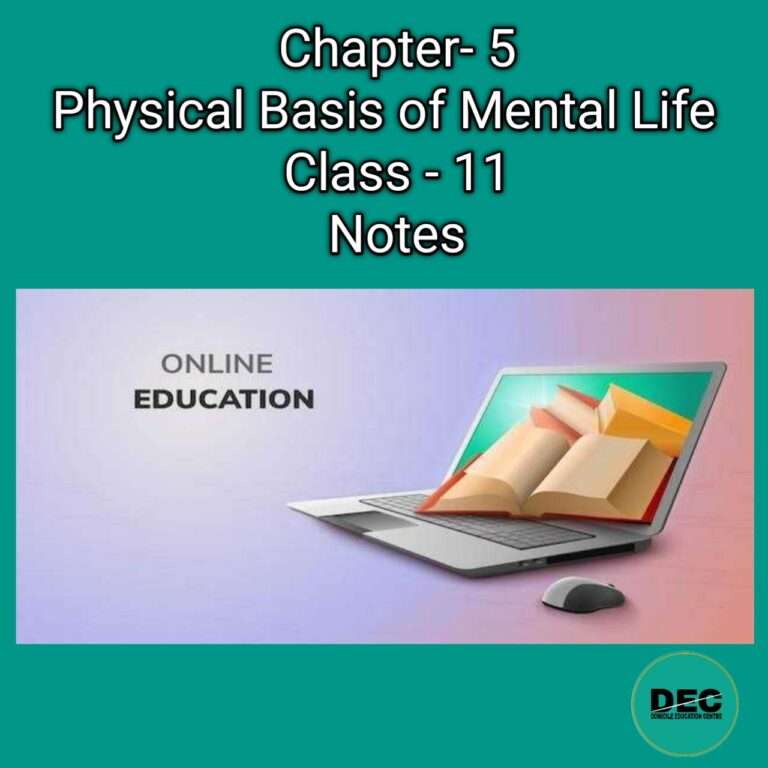
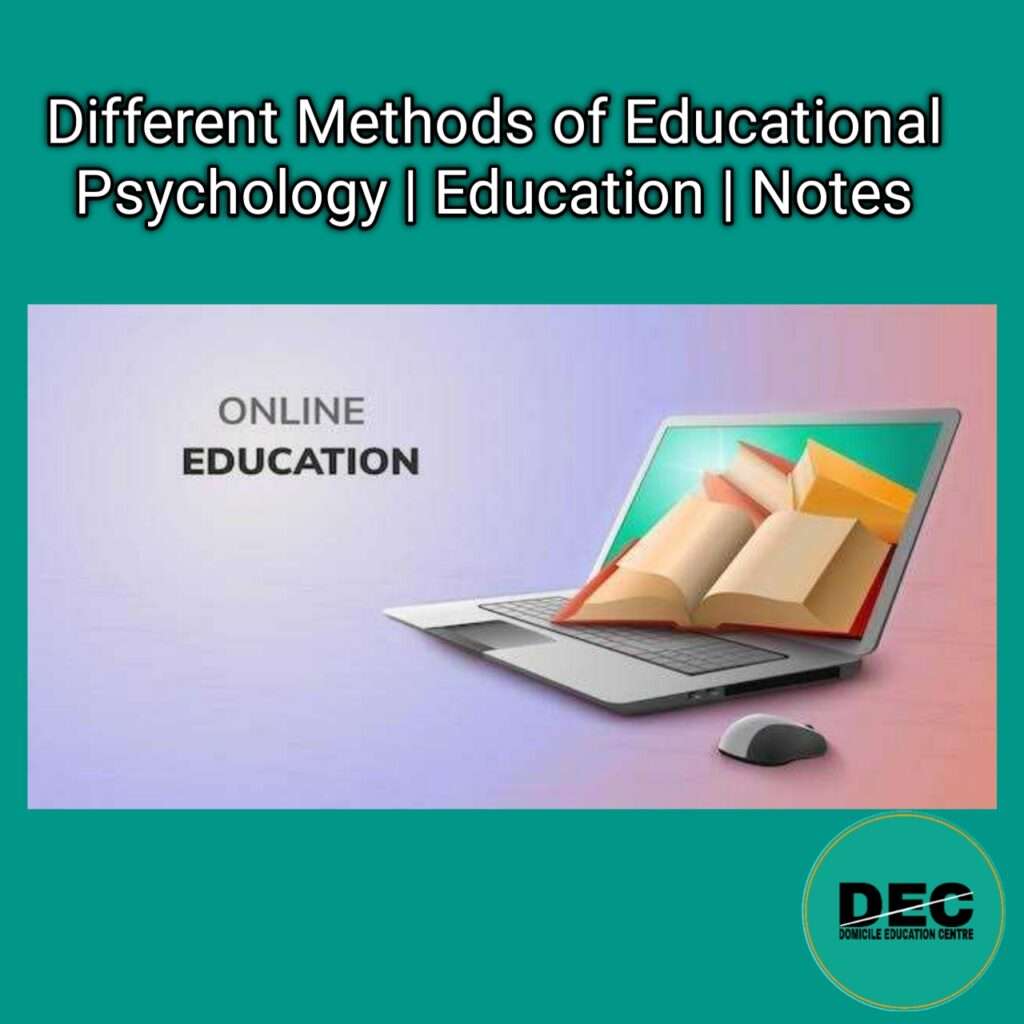
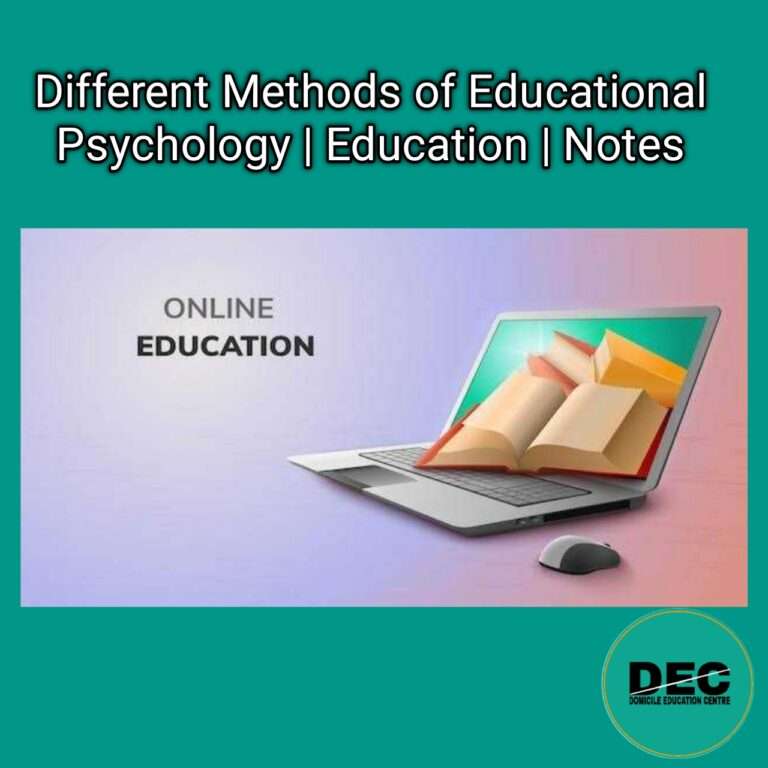
Recent Comments